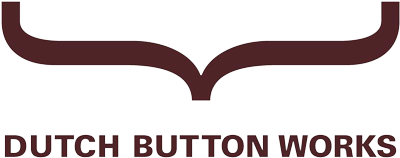Market forces in healthcare
UT professor Guus van Montfort: a new perspective on market forces in healthcare
The Dutch healthcare sector is facing major challenges
The population is ageing, causing demand for healthcare to increase. At the same time, the number of healthcare staff is on the wane. In order to ensure that healthcare remains both accessible and affordable, the sector is in dire need of technological development and innovation. In his inaugural address, to be given at the University of Twente on 7 April, Professor Guus van Montfort will call for a new perspective on market forces in healthcare, as a means of ensuring innovation. The new system he envisages will focus more on performance-related funding of hospitals and funding that is directly linked to staff in the healthcare sector.
 |
| 1929 Ignatiusziekenhuis Breda Collectie J.T.A. te Gussinklo |
The combination of market forces and healthcare is not one that the general public is comfortable in accepting. But according to Endowed Professor Guus van Montfort, there has always been some kind of market force at play. For example, in the past healthcare institutions used to compete for licenses and government subsidies. But now that healthcare insurance companies are increasingly applying fixed rates, the focus of competition between healthcare institutions has shifted to volume (the number of patients).
Output is determined to a large extent by the system in which healthcare institutions find themselves, in other words the prevailing legislation and regulations. “Every system gets the innovations it deserves and every context calls for different types of innovation,” argues Van Montfort. He calls for a new form of market forces with an increased focus on performance-related funding for hospitals and funding that is directly linked to staff in the care sector.
Challenges
The healthcare sector faces major challenges, especially in terms of costs, quality and staffing. Technological development and innovation, such as the development of eHealth applications, are essential in order to ensure that healthcare remains accessible and affordable. In order to reduce the pressure on staffing, there is a need for innovations that encourage self-management by patients, such as the option of measuring one’s own blood pressure and sending the information to the doctor over a secure internet connection. “It can be compared to internet banking, which enables us to take on certain aspects of the role of the banker.”
In order to improve the likelihood of innovations succeeding, Van Montfort calls for closer cooperation between academics, the business community and the healthcare sector. The success of innovations is to a large extent determined by the level of support they enjoy.
